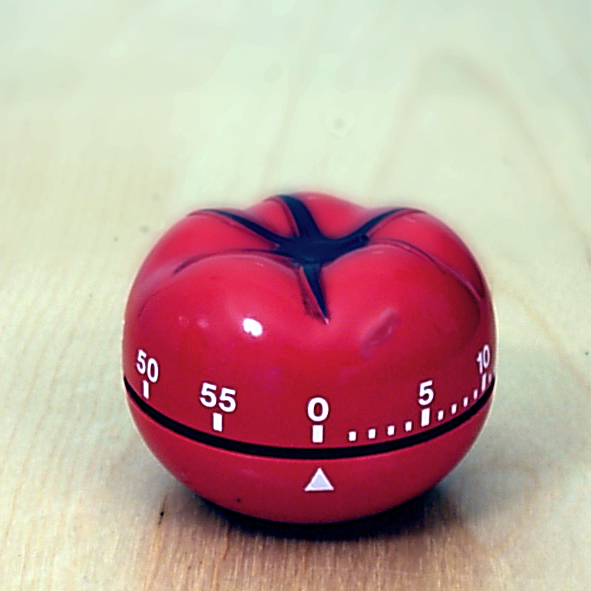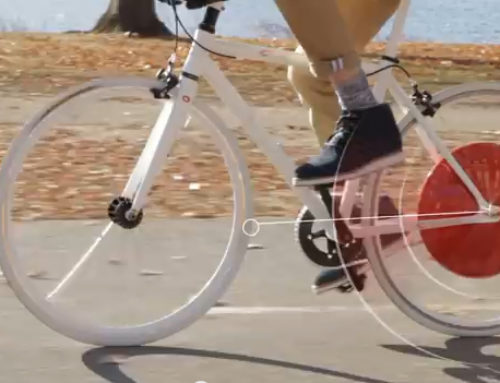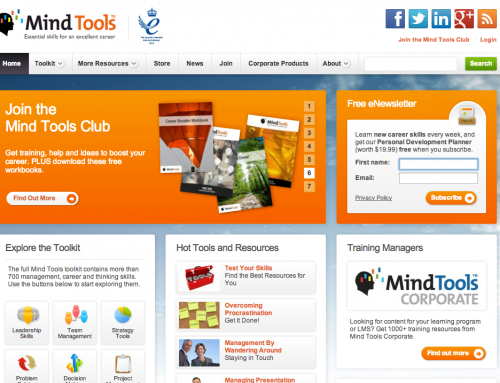You probably have about a million and a half things on your plate right now. And naturally, you want to do them all well. Who doesn’t want to succeed in work, love, health, and play?
But sometimes, those different areas of your life compete with each other for time. If you find yourself pouring tons of time into one area—say, work—at the expense of other important things—say, exercise or lunch, then listen up!
How to Boost Your Productivity and Sanity Almost Immediately
Embrace Routine
Even if you consider yourself a fly-by-the-seat-of-your-pants guy or gal, you may benefit from a teensy bit of structure. You can build a loose, adaptable schedule that will help you spend your time in a productive, sustainable way.
Consider the Big Picture
The first step towards better productivity and sanity is to identify everything (I mean everything) you want your typical day to include. Take out a piece of paper and write down your core daily elements.
For example, your list might include stuff like:
- preparing and eating meals
- running errands
- working
- exercising
- reading or doing other hobbies
- commuting
- cleaning
- sleeping
And don’t forget to include any family-related elements like:
- caring for your kids
- spending time with your partner
- walking your dog
Identify Make-or-Break Transitions in Your Day
Slot all of your core elements into a loose schedule. This is kind of fun! You have 24 hours—how would you ideally like to fill them?
Now, take a look at your schedule and identify two or three transitions that could make or break your day. For example, maybe if you don’t wake your kids up by 7:00 a.m., then you end up running late to drop them off at school. That makes you crabby and throws off your whole day. Or if you don’t exercise by noon, then you’re not likely to exercise at all, which leaves you feeling really droopy by mid-afternoon. Got it?
Transitions aren’t just about willing yourself into doing something (e.g., getting your kids up or exercising). Transitions are also about stopping something. What are you usually doing right before the desired behavior? For instance, when you’re supposed to be waking up your kids, maybe you’re engrossed in a New York Times article while sipping your coffee. When you’re supposed to be exercising, maybe you’re caught up in talking to a coworker.
So to get the kids up on time, you may need to conscientiously think about stopping your coffee-and-news routine at 7 a.m. sharp. To squeeze in a walk, you may need to call a hard stop at noon—no more work or chitchat.
Learn to Stop When It’s Time to Stop
Think of your two or three make-or-break transitions like this:
If I don’t stop _____ (activity) by _____ (time), then I _____ (consequence), and I feel _____ (emotion).
However, if I do stop _____ (same activity) by _____ (time), then I _____ (benefit), and I feel _____ (emotion).

If you tend to get engrossed in what you’re doing (not a bad thing!), set an alarm or pop-up reminder to help you stop what you’re doing so you can move on to the next great thing.
Adjust as Needed
Schedules are great, but we all have days when things really don’t go according to plan. The car battery dies, the dog throws up on the rug, and you lock yourself out of your house. The key is to start over fresh the next day!
Keep your make-or-break transitions in mind each morning, and you may be surprised what a difference it makes in your productivity and sanity.
And now you should stop reading blogs and go do something that will make you feel awesome—like write a fabulous email newsletter, go for a run, or pay your bills.
An Article from our friends at Mad Mimi






